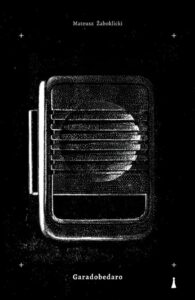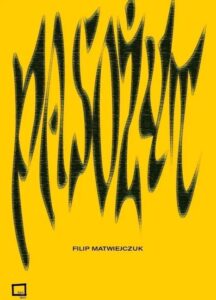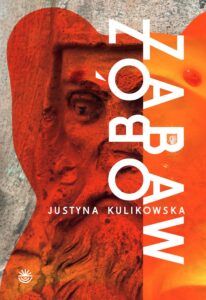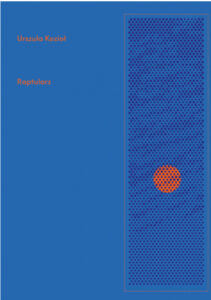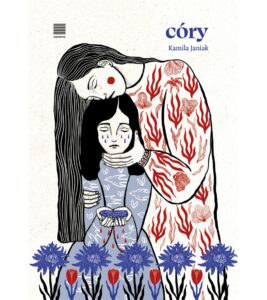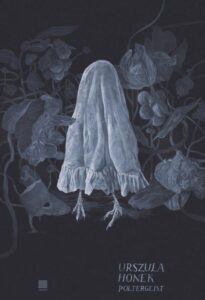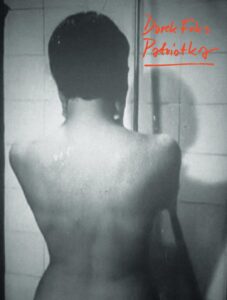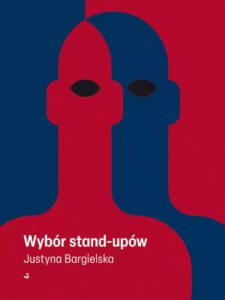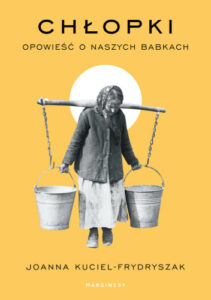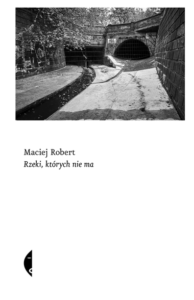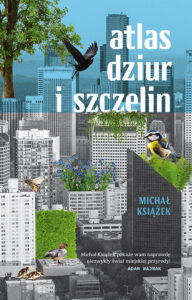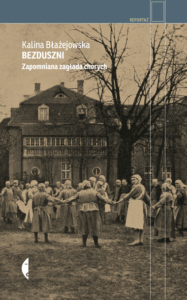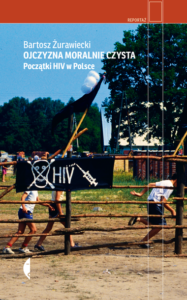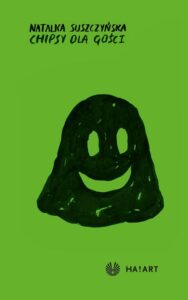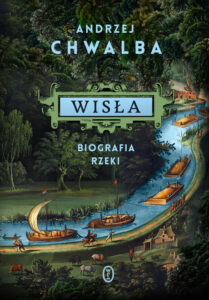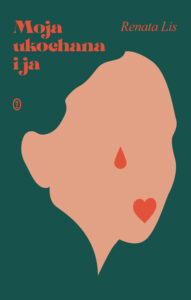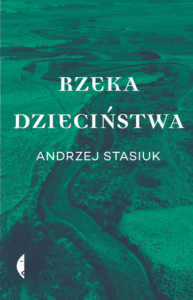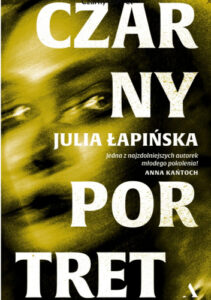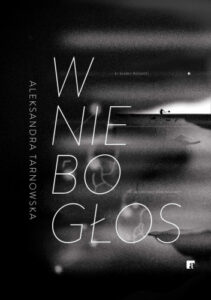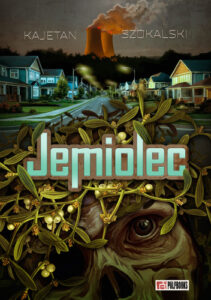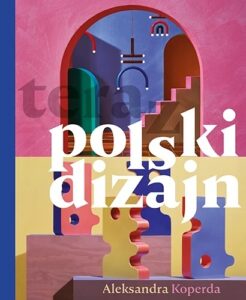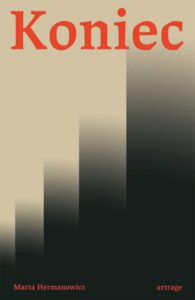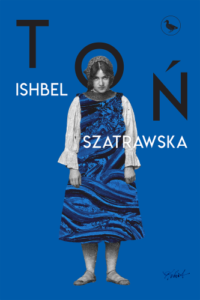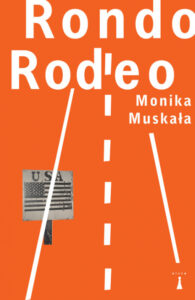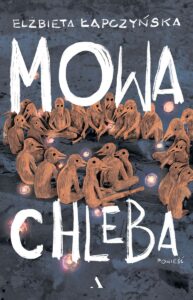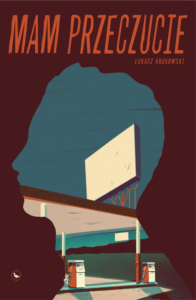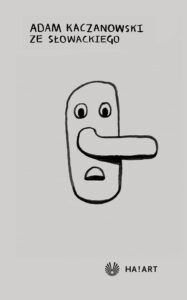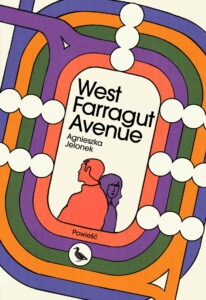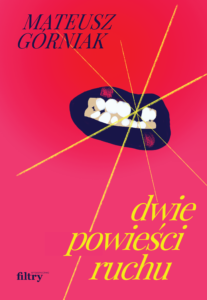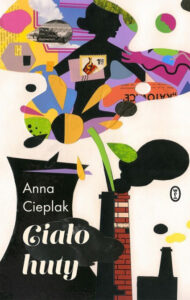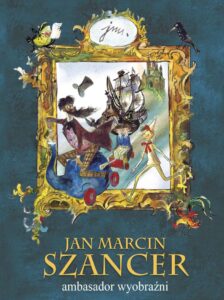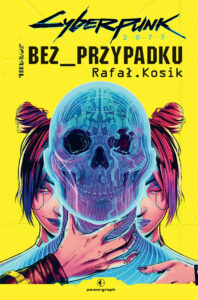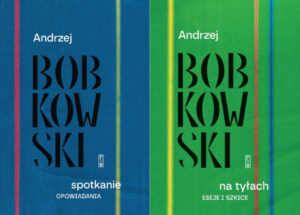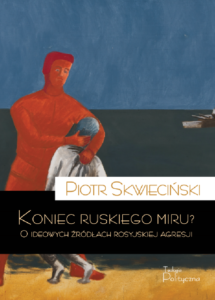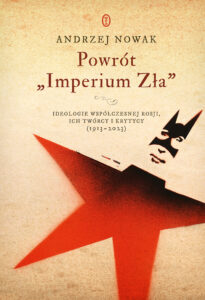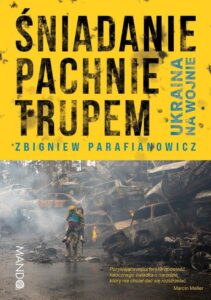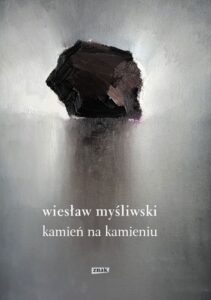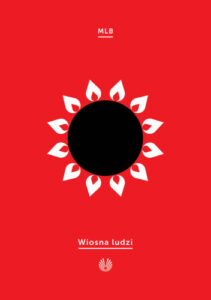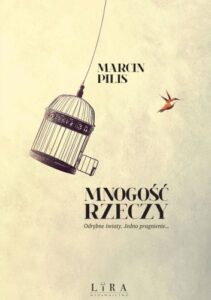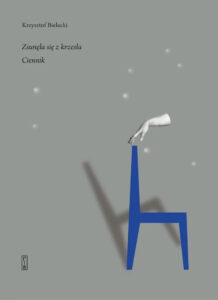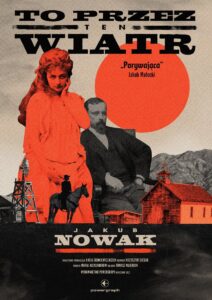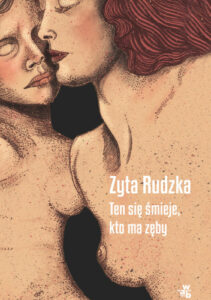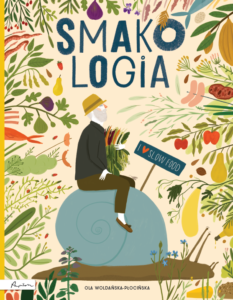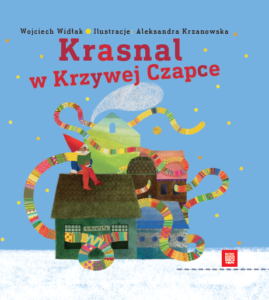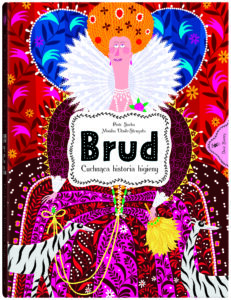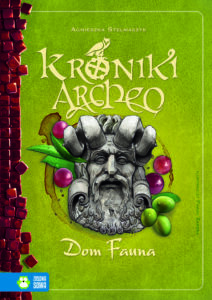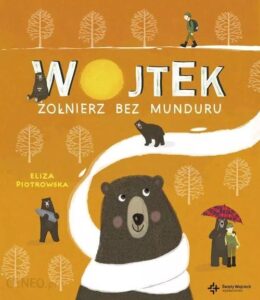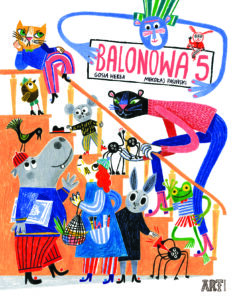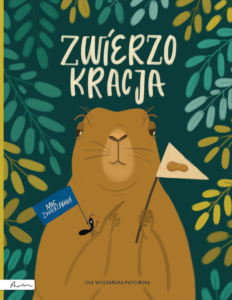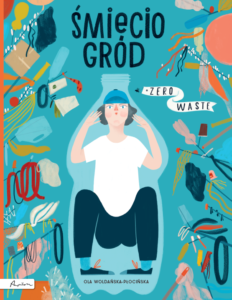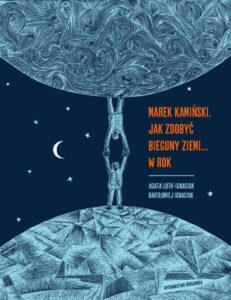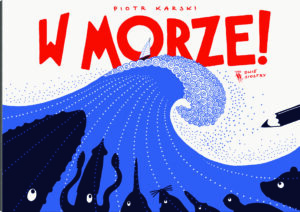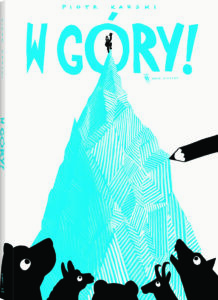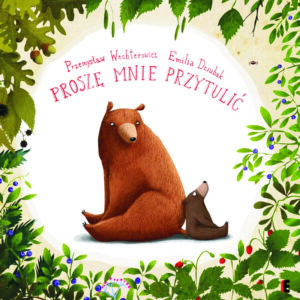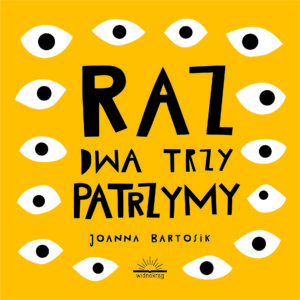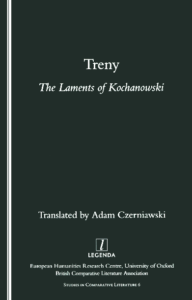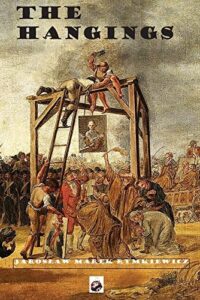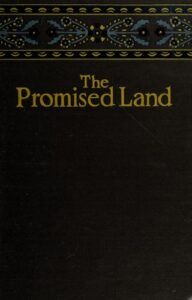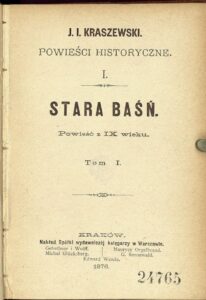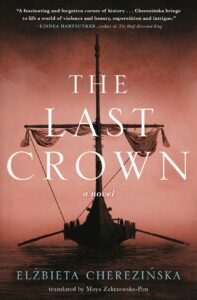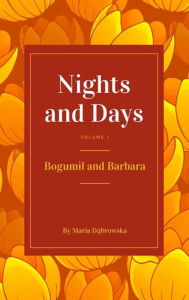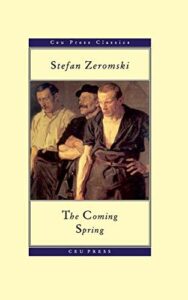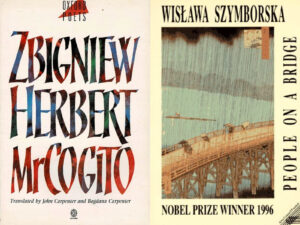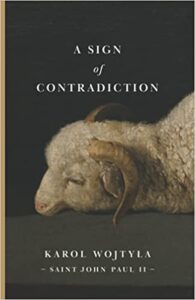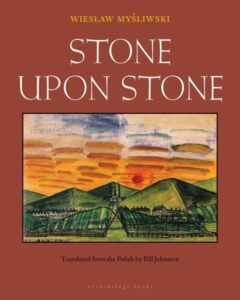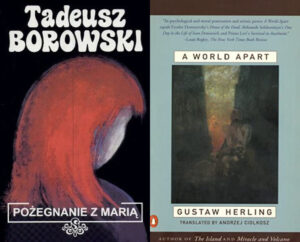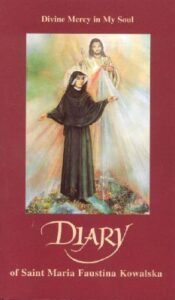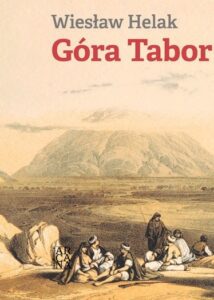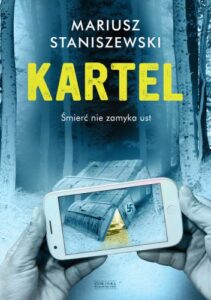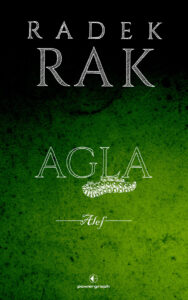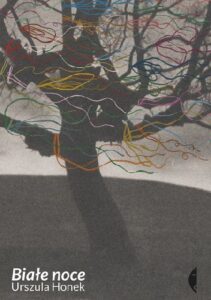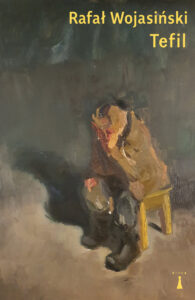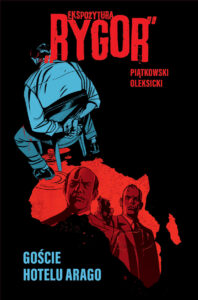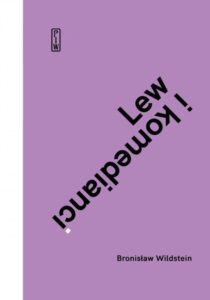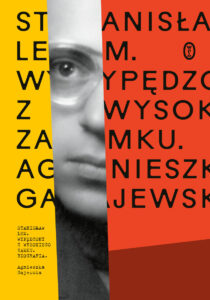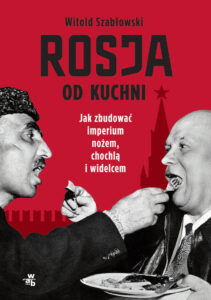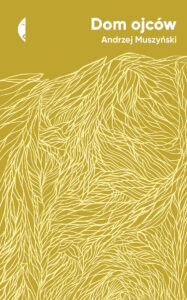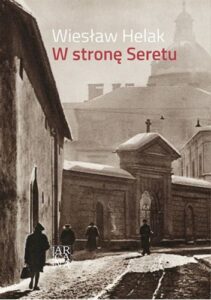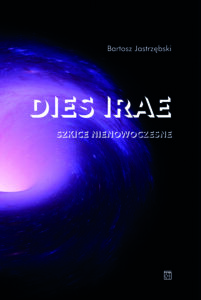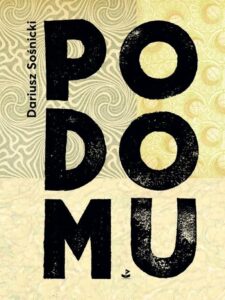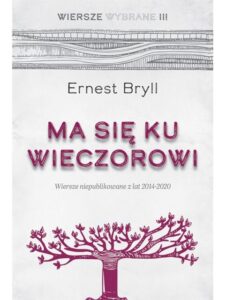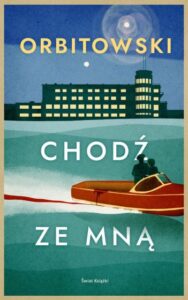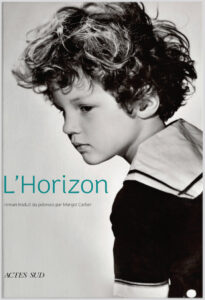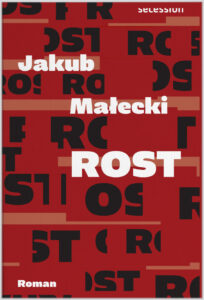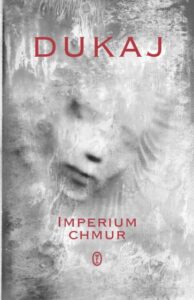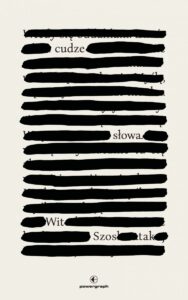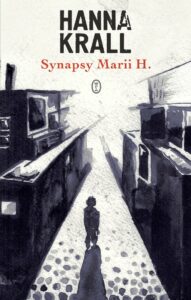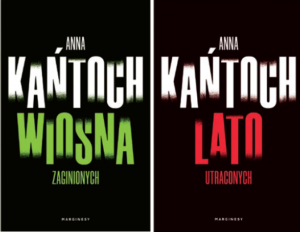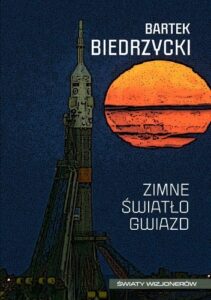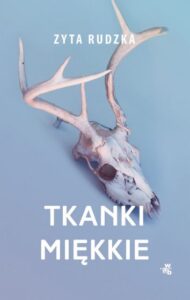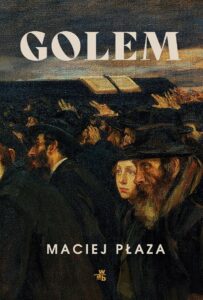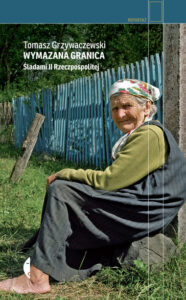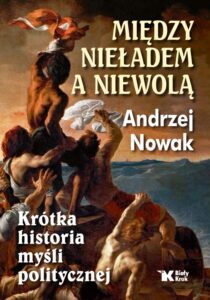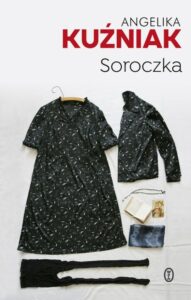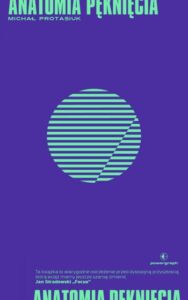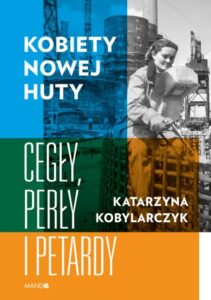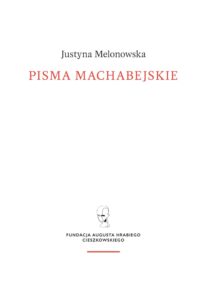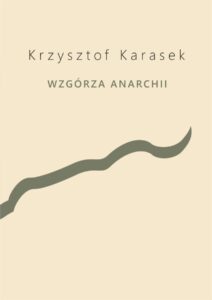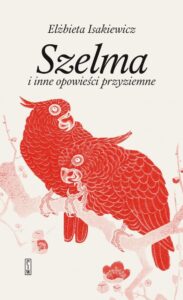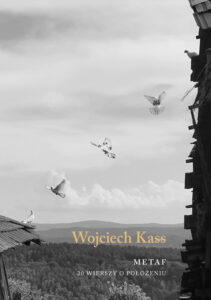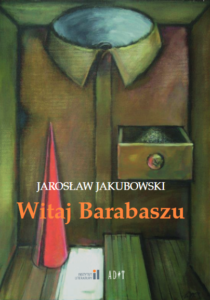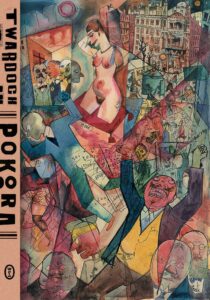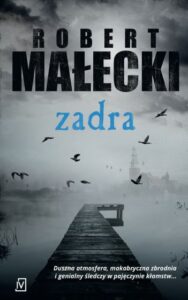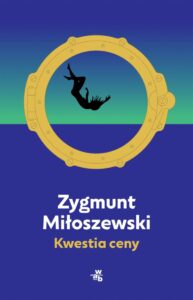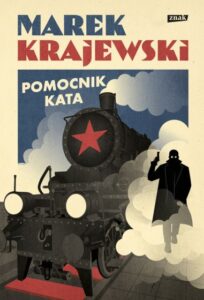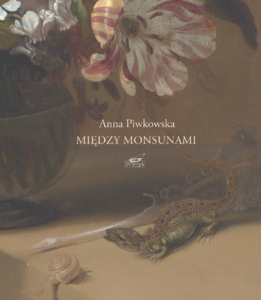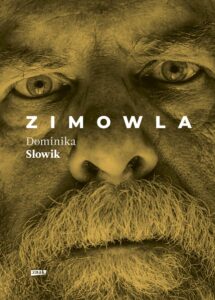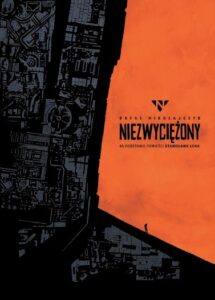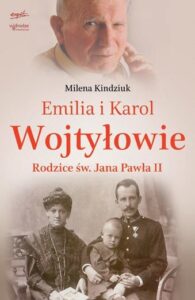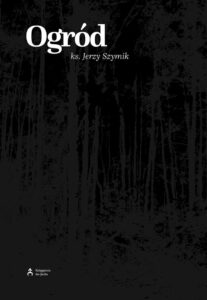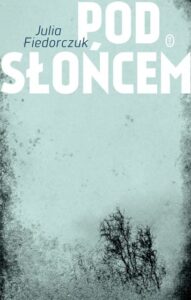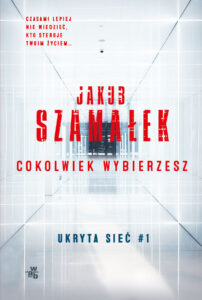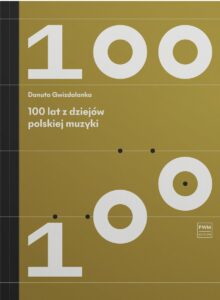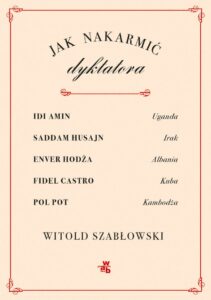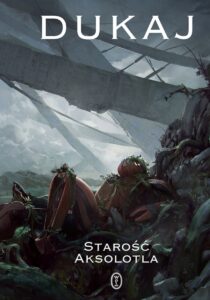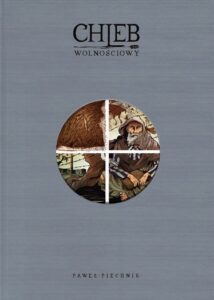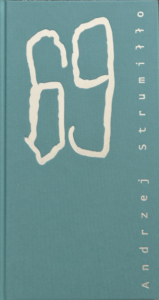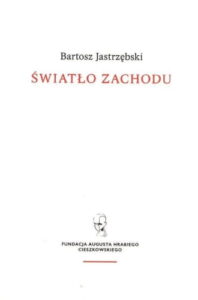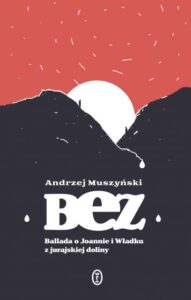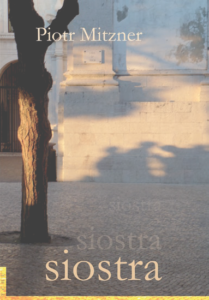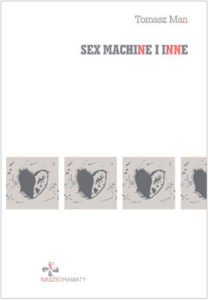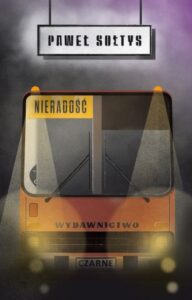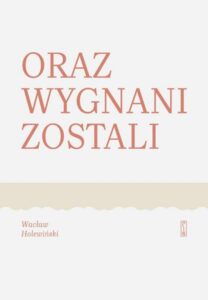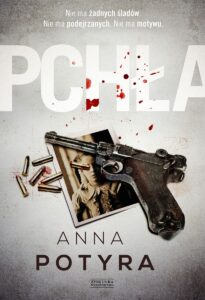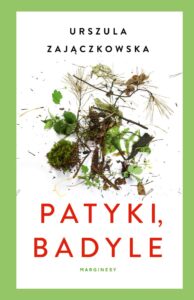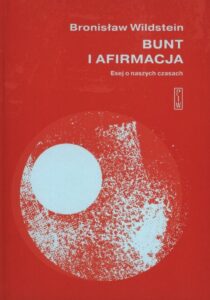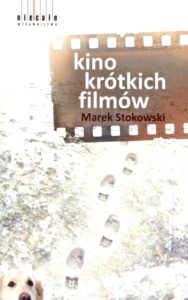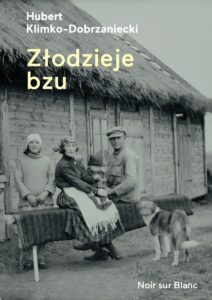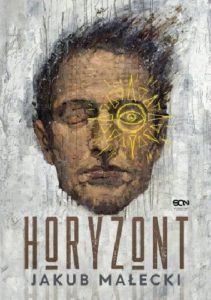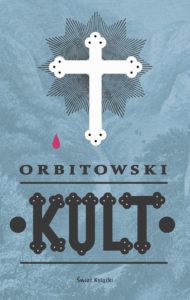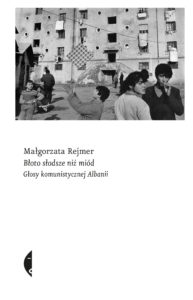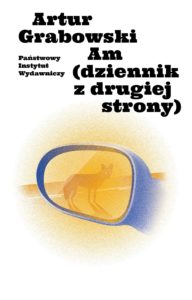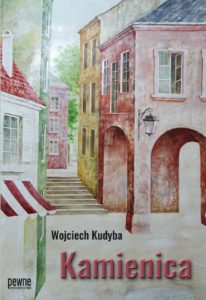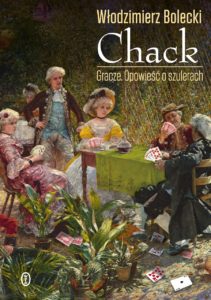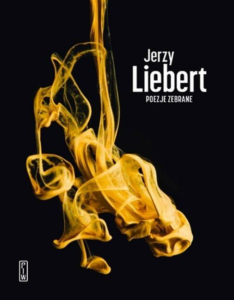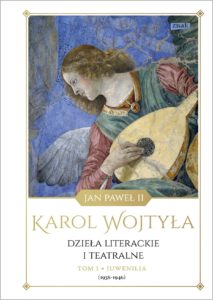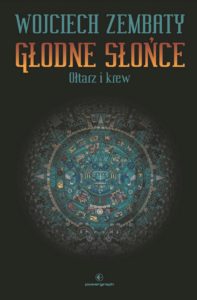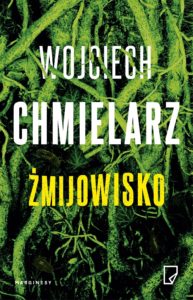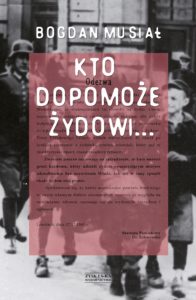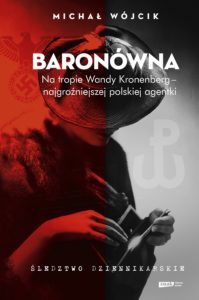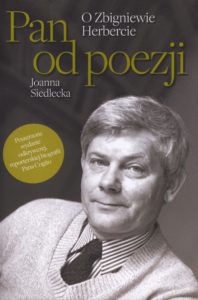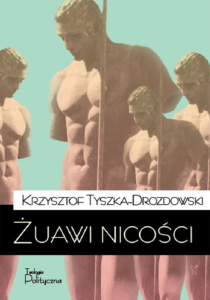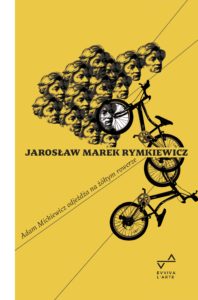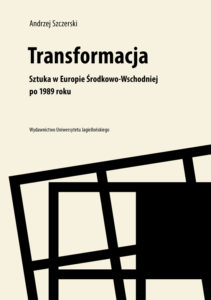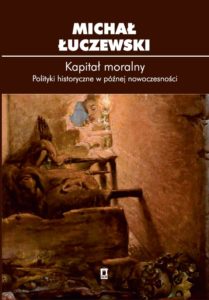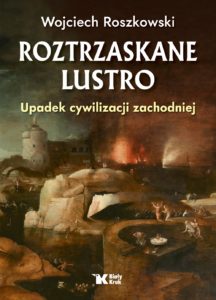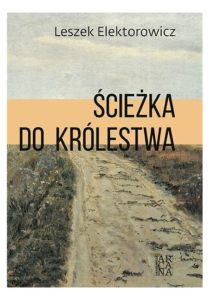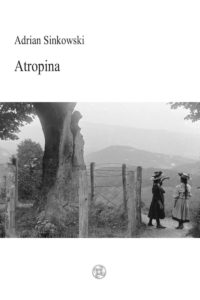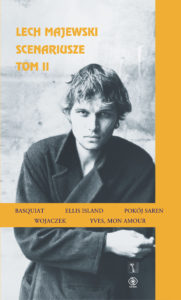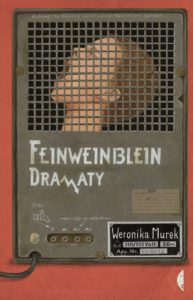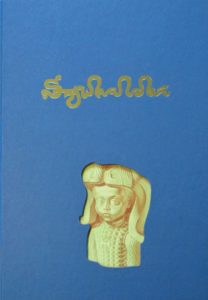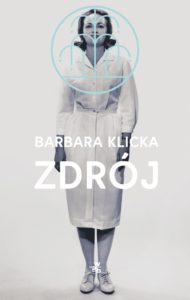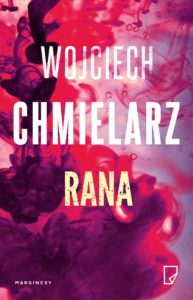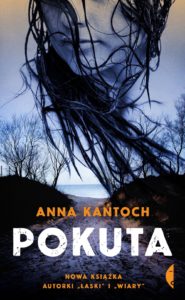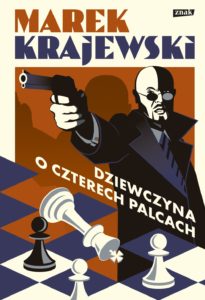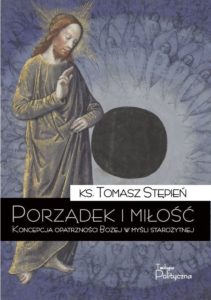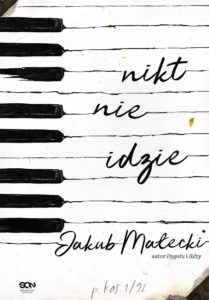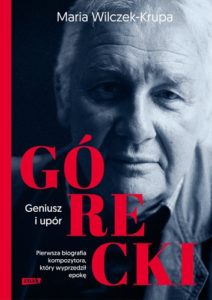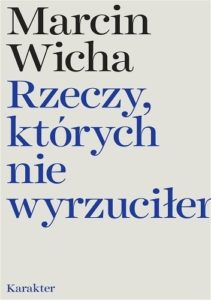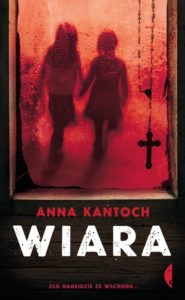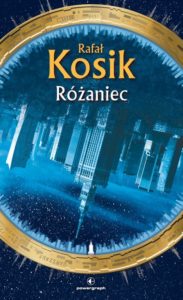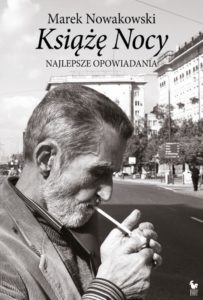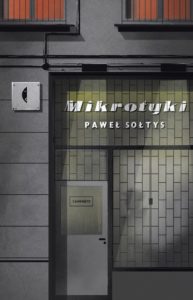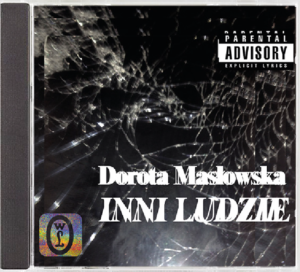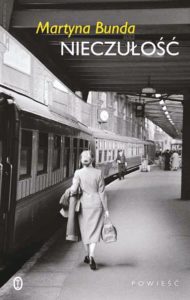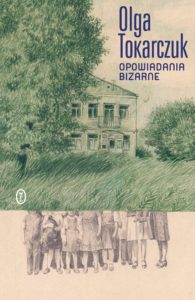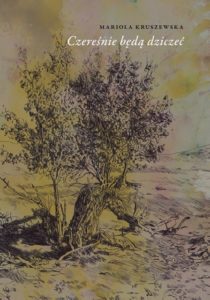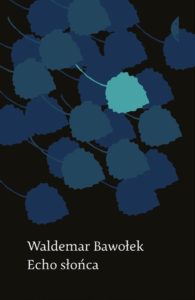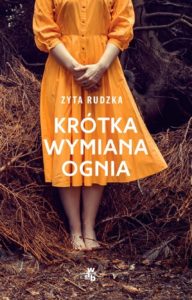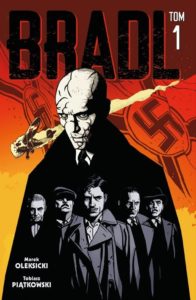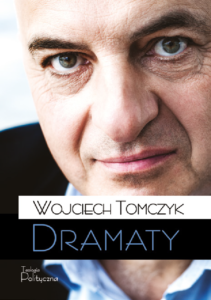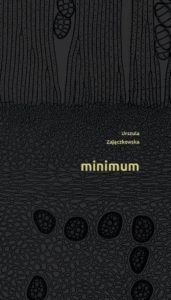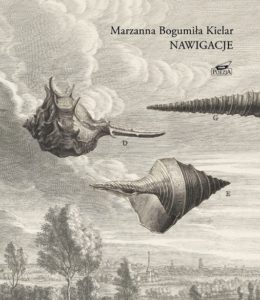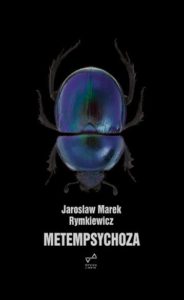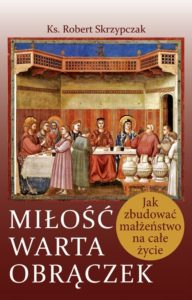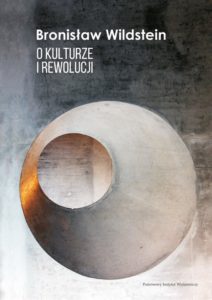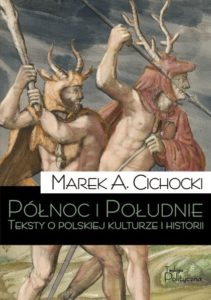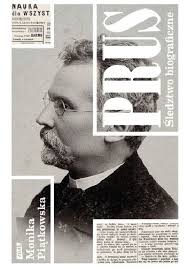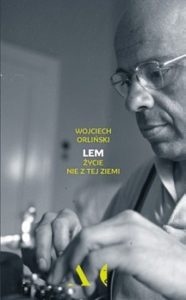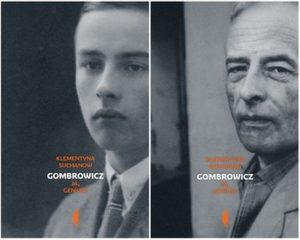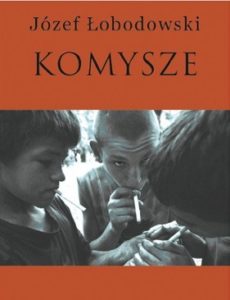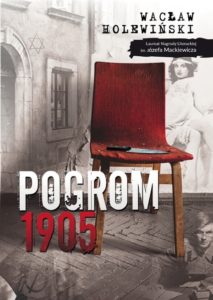The biography and works of the renowned painter, writer of icons, and man from the borderlands of culture
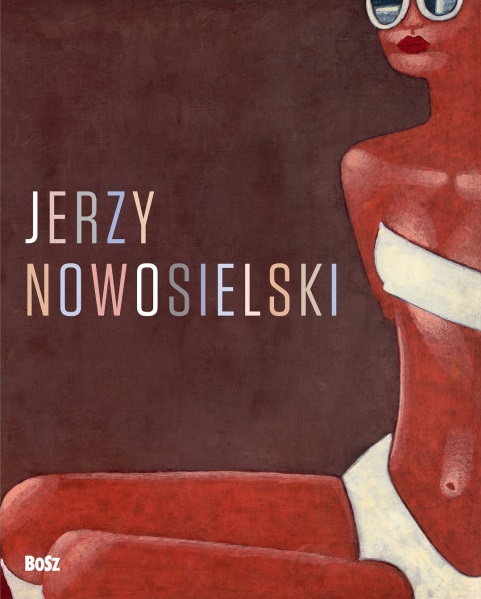
The biography and works of the renowned painter, writer of icons, and man from the borderlands of culture

(For excerpt in Spanish, please, scroll down)
From his earliest years, Nowosielski was extremely sensitive to questions of religious and ethnic otherness. The life history of this artist gives one an interesting and complicated image of the destinies of people who come from families of different faiths, from regions where different cultures interpenetrate one another. His father was a Lemko from the regions around Sanok. Most importantly, he was strongly tied to his community. In Poland, the faithful of the Greek Orthodox Church are known as unici, members of the Uniate Church, which came into existence in the First Polish Republic following the Union of Brześć in 1596. His mother was a Catholic, from a Polish family with Austrian-German roots. Of course, this was to be the cause of some tension and conflict which – as Nowosielski would admit – was especially painful to him during his childhood.
He spoke two languages: Polish and Ukrainian, which later was to have a great influence on his broadening horizons. With time he came to realise that he was grateful to fate for this variety in his makeup. As a child, he’d “dart along” Wiślna St in Kraków to the Greek Catholic parish church in which he had been baptised. His father sang in the choir there, and little Jurek witnessed some real musical events. “I have my family home to thank for my being a person of the borderlands. I really did grow up in two cultures at the same time: Eastern Christian, Slavic, and Roman Catholic, Polish,” he would recall.
[…]
Nowosielski arrived at the icon by his own route. More precisely, the route led to the lay icon. Firmly under the influence of the icon and sensing a profound attachment to it, he would stress again and again that he was no “painter of icons”. His artwork was originally rooted in geometric abstraction. His first abstract canvas was painted in 1947 and bore the title “Winter in Russia”. According to the artist, he always felt an inner struggle taking place in him between abstract and representative painting, each trying to gain the upper hand over him. He felt torn, artistically lost, and – as he stressed it – it was the icon that helped him out of his funk. “It was then that memories of icons resurfaced in my consciousness, and this occurred during the atheistic period of my life, when it was only art that linked me with metaphysical problems. On the one hand, the icon is characterised by great realism, while on the other, by the spirit of abstraction. It helped me to realise that these two tendencies in art are not mutually exclusive, but – on the contrary – they must coexist together in every good painting. For there is no good realistic painting that does not have an interior-organising principle of abstraction. In the icon, these two tendencies meet on one area in identical proportions and, so to speak, in identical intensity.”
In his statements, the painter expressed that – in his opinion – the icon speaks especially strongly in an abstract context, that of modern art in general. The experience of surrealism and certain artistic attitudes that emerge from that movement allowed him to consider the icon in a new light. Likewise, modern art (cubism) transformed the manner in which the reality that surrounds the artist is observed, which in turn allowed him to consider the icon as a creation ever relevant, with value for painting that never passes away. Thanks to surrealism he was able to look at older art and its accomplishment, as it were, beyond a temporal framework, separate from its accepted chronology. While retaining a respect for basic principles, Nowosielski acquired the creative courage to carry out an artistic reinterpretation, taking from the tradition what was most important and necessary to the elaboration of his unique painterly style: “[…] it is for me a foreign, even an evil thing, to take from the icon what one might call its aesthetic style, the aesthetics of the icon. What I take from the icon, often, quite unconsciously, is the method of building spatial structures with the aid of some logically developing system of colouristic juxtapositions.” And thus, on the crossroads of two cultures, two religions, a completely unique style of artistic expression was developed, a profoundly individual manner of seeing the world. Nowosielski’s fascinations found their expression in non-religious paintings of various themes. But the entire corpus of the artist has been filtered through his experience of the icon. A profound sense of awe before, and an understanding of, its spiritual aspects – and simultaneously an enchantment with the manner in which it describes the world and man – led to the creation of a unique, very personal and atypical art, difficult to interpret. Nowosielski was perfectly aware of the questions posed by modern art. Thanks to his erudition, he could consider “archaeological” art – ancient art – as material having immense potential, which allowed him a wide diapason of possibilities.
Translated by Charles S. Kraszewski
***
Desde muy temprana edad Nowosielski percibía con gran sensibilidad la cuestión de las diferencias étnicas y religiosas.
La historia de este artista muestra la vida interesante y complicada de personas que proceden de familias con diferentes creencias, de los territorios en los que las distintas culturas se impregnan mutuamente. Su padre era de origen lemko, nacido en los alrededores de Sanok y, lo más importante, era miembro de la Iglesia unita, y estaba fuertemente implicado con su comunidad. En Polonia se denominaba como unitas a los seguidores de la Iglesia greco-católica, llamada a veces la Iglesia unita, que había nacido en el territorio de la República de las Dos Naciones después de la unión de Brześć en 1596. La madre del artista procedía de una familia católica polaca de raices austro-alemanas. Esto, evidentemente, causaba tensiones y conflictos que, como solía decir Nowosielski, eran especialmente dolorosos, sobre todo en la infancia. Desde niño sabía dos idiomas: polaco y ucraniano, una circunstancia que luego le ayudaría mucho a ampliar sus horizontes. Con el tiempo, sin embargo, llegó a la conclusión que tenía que estar agradecido al destino por esta diversidad y por sus orígenes. De pequeño, en compañía de su padre “se escapaba” a la calle Wiślna en Cracovia, a la iglesia greco-católica en la que fue bautizado. El padre cantaba en el coro y el pequeño Jurek bebía experiencias musicales verdaderamente artísticas. “A mi casa familiar le debo el hecho de ser hoy soy un hombre de frontera. En realidad me eduqué en dos culturas al mismo tiempo: la eslava cristiana oriental y la católica romana polaca”[1] –recordaba el artista. […]
Nowosielski recorrió su propio camino hacia el icono, el icono laico. Se encontraba bajo su fuerte influencia y se sentía muy unido a él; subrayó en numerosas ocasiones que era “pintor de iconos”. Su trayectoria artística comenzó en la corriente de lo geométricamente abstracto. El primer cuadro abstracto nació en 1947 y lo tituló “El invierno en Rusia”. Como decía el propio artista, él siempre percibía el desgarro interior entre lo abstracto y lo figurativo, se sentía partido en dos, algo extraviado artísticamente y, concluía que el icono le ayudó a salir de este estado: “Entonces el recuerdo del icono volvió a mi conciencia, fue en el periodo ateo de mi vida cuando el arte era lo único que me unía a los problemas metafísicos. El icono se caracteriza, por un lado, por su profundo realismo, y por el otro, por el espíritu de lo abstracto. Me hizo darme cuenta de que estas dos tendencias en el arte no se excluyen, todo lo contrario, deben coexistir en cada cuadro verdadero. Porque no hay un buen cuadro realista sin una regla de lo abstracto que lo organiza interiormente. En el icono estas dos tendencias se hallan en la misma superficie y en proporciones iguales y, me permito decir, en una sola concentración”[2].
El pintor destacó que, a su juicio, el icono rodeado de lo abstracto expresa de manera muy intensa el arte modeno en general. La experiencia del surrealismo y algunas posturas artísticas procedentes de sus círculos más próximos le permitieron percibir el icono de manera diferente. El arte moderno (cubismo) cambió también la manera de captar la realidad que nos rodea, lo que posibilitó comprender el icono y verlo como una obra siempre actual, portador de valores eternos para la pintura. Gracias al surrealismo el pintor pudo entender el arte de la antigüedad y sus logros fuera de su marco temporal, independientemente de la cronología. Respetando siempre las normas básicas, Nowosielski se armó de valor creativo y reinterpretó el icono artísticamente, extrayendo de la tradición lo que era más importante para su arte y lo más necesario para elaborar su estilo único en la expresión pictórica: “[…] Es algo totalmente ajeno a mi, y hasta lo considero negativo, tomar del icono lo que se suele llamar el estilo estético, la estética del icono. Yo extraigo del icono, a veces de manera totalmente inconsciente, el metodo de construcción de las estructuras del espacio mediante un tipo de sistema de composiciones de colores desarrollado lógicamente.”[3].
De este modo, en el cruce de dos culturas y en la frontera entre dos religiones nació un estilo excepcional y único de expresión artística, que percibe el mundo de manera profundamente individual. Las fascinaciones de Nowosielski encontraron su expresión en la pintura laica de temas diversos. Toda la obra del artista pasó por el filtro de la experiencia del icono. La admiración y la comprensión profunda de sus aspectos espirituales, y a la vez, la fascinación por su manera de mostrar el mundo y al hombre, desembocaron en la creación de un arte único, muy personal y atípico, de difícil interpretación. Nowosielski era un buen conocedor de todos los aspectos del arte contemporáneo. Gracias a su erudición podia percibir el arte antiguo, “arqueológico”, como un material de enorme potencial que abría un abanico de posibilidades amplísimo.
[1] Z. Podgórzec, Mi Cristo. Conversaciones con Jerzy Nowosielski, Wydawnictwo Łuk, Białystok 1993, s. 104.
[2] Idem, En torno al. icono. Conversaciones con Jerzy Nowosielski, Instytut Wydawniczy PAX, Varsovia 1985, s. 13.
[3] Declaración de J. Nowosielski en unos reportajes de la TVP Cracovia del año 1974, usada en la película Pantokrator, dirigida por M. Kozioł, 2011 [en:] K. Czerni, J. Nowosielski, Cartas y entrevistas olvidadas, introducción y redacción, Społeczny Instytut Wydawniczy Znak, Cracovia 2015, s. 298.
***
Traducción: Elżbieta Bortkiewicz
Selected samples
She climbed her first peaks in a headscarf at a time when women in the mountains were treated by climbers as an additional backpack. It was with her that female alpinism began! She gained recognition in a spectacular way. The path was considered a crossing for madmen. Especially since the tragic accident in 1929, preserved … Continue reading “Halina”
First, Marysia, a student of an exclusive private school in Warsaw’s Mokotów district, dies under the wheels of a train. Her teacher, Elżbieta, tries to find out what really happened. She starts a private investigation only soon to perish herself. But her body disappears, and the only people who have seen anything are Gniewomir, a … Continue reading “Wound”
A young girl, Regina Wieczorek, was found dead on the beach. She was nineteen years old and had no enemies. Fortunately, the culprit was quickly found. At least, that’s what the militia think. Meanwhile, one day in November, Jan Kowalski appears at the police station. He claims to have killed not only Regina but also … Continue reading “Penance”
The year is 1922. A dangerous time of breakthrough. In the Eastern Borderlands of the Republic of Poland, Bolshevik gangs sow terror, leaving behind the corpses of men and disgraced women. A ruthless secret intelligence race takes place between the Lviv-Warsaw-Free City of Gdańsk line. Lviv investigator Edward Popielski, called Łysy (“Hairless”), receives an offer … Continue reading “A Girl with Four Fingers”
This question is closely related to the next one, namely: if any goal exists, does life lead us to that goal in an orderly manner? In other words, is everything that happens to us just a set of chaotic events that, combined together, do not form a whole? To understand how the concept of providence … Continue reading “Order and Love”
The work of Józef Łobodowski (1909-1988) – a remarkable poet, prose writer, and translator, who spent most of his life in exile – is slowly being revived in Poland. Łobodowski’s brilliant three- volume novel, composed on an epic scale, concerns the fate of families and orphans unmoored by the Bolshevik Revolution and civil war and … Continue reading “Ukrainian Trilogy: Thickets, The Settlement, The Way Back”
